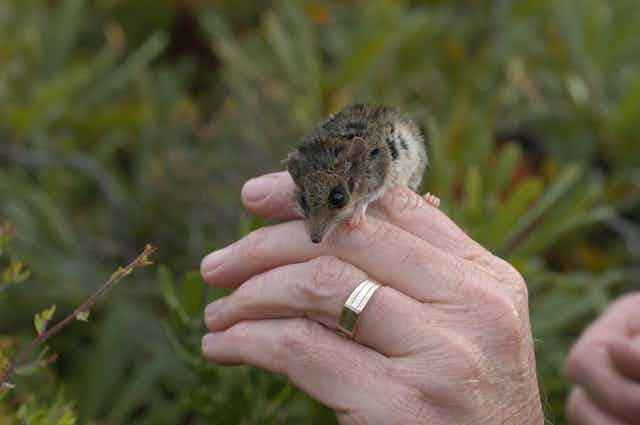The US Endangered Species Act, which became law in 1973, was one of the first major pieces of national legislation for the protection of biodiversity. It is still one of the most stringent. It has also been the focus of a great deal of controversy over the years, and there are ongoing proposals to amend the law.
One of the more controversial aspects of this controversial law has been the process by which species are identified for protection under the ESA. Under the law, a citizen – any citizen – can submit a petition to the government to list a species under the Act.
The ESA also sets strict deadlines for the government to respond to those petitions. If the government either misses the deadlines, or declines to list a petitioned species, any citizen can sue the government to either force a decision or ask a court to review the decision.
Critics have asserted that both petitions and citizen suits are subject to abuse by environmental groups. According to these critics, environmental groups select species not because they are necessarily endangered, but because their protection under the ESA might achieve other political goals for these groups, such as stopping development projects.

The critics add that the agencies in charge of implementing the Act presumably have more expertise than outside groups or courts. They say agencies should not have their decisions about whether to list a species second-guessed and tied up by litigation. These arguments have been the basis for recent proposals to significantly trim back the scope of petitions and litigation under the ESA.
In order to inform this debate, we compared ESA-protected species whose listing was initiated by a citizen petition or was the subject of litigation, with those that were listed by the actions of the government alone. We used the US government’s own data, including information about how endangered each listed species is, and also whether protecting a species would conflict with economic development.
If the critics were right, we should have found:
- petitioned or litigated species were on average less threatened than non-petitioned and non-litigated species
- and protecting petitioned or litigated species on average was more likely to conflict with development than protecting non-petitioned and non-litigated species.
Instead, we found that species that were petitioned or litigated faced higher threats, although protecting petitioned or litigated species is more likely to produce conflicts with development.
Our analysis only examined species that were, eventually, listed for protection under the ESA. But it is possible that (for example) it takes four petitions to identify a species worthy of protection, while the agencies are much more efficient at pinpointing species that warrant listing. Again, however, citizen petitions do very well compared to the agencies’ own processes. Though data limitations make comparisons difficult, our rough estimate is that petitions have a higher success rate than the agencies in identifying species that should be listed.

Why might outside groups do such a good job of identifying species that are endangered and require legal protection? Part of the answer is that many of the citizens who submit petitions and are involved in litigation do have substantial scientific training.
But even more important is the point that sometimes it is better to have a large crowd of people searching for information, even if they on average might have lower expertise.
There are at least 100,000 species in the United States. It is a tall order to expect government scientists – often with constrained budgets – to keep track of the status of all of those species. But the ESA’s petition process creates a mechanism by which large numbers of people can collect this kind of information and submit it to the agency for its consideration.
Citizen suits are a vital part of this process as well. Individual citizens might be much less willing to contribute the time and resources needed to prepare high-quality petitions if they thought the government would just ignore those petitions. Citizen suits help ensure the government will consider the petitions in a timely manner. Citizen suits also provide a check on political influence over agency decision making.
The message of our study is broader than just the debate in America over the ESA. Countries around the world with major biodiversity protection programs – such as Australia – should consider the important role that citizen participation can play in making biodiversity protection work better.

